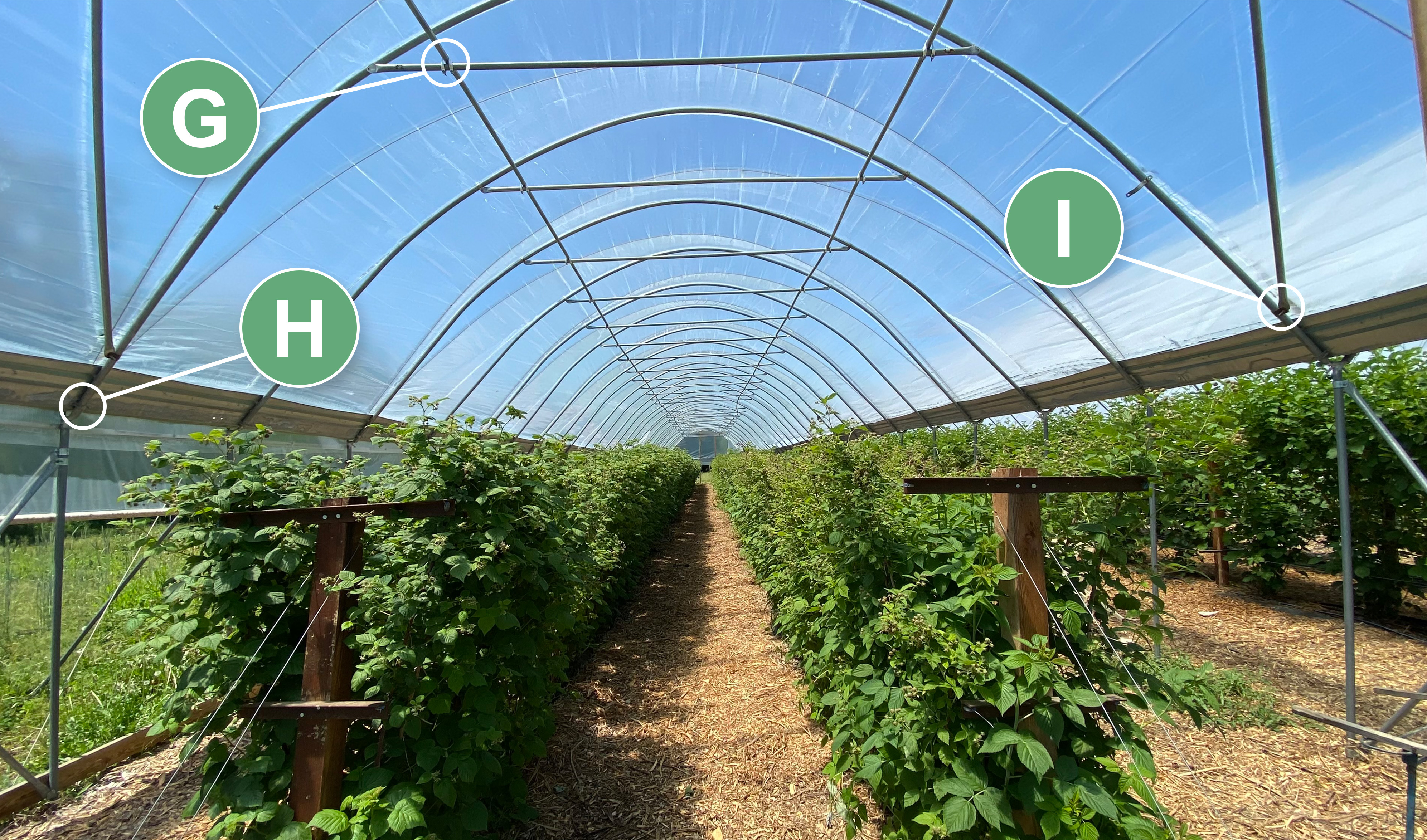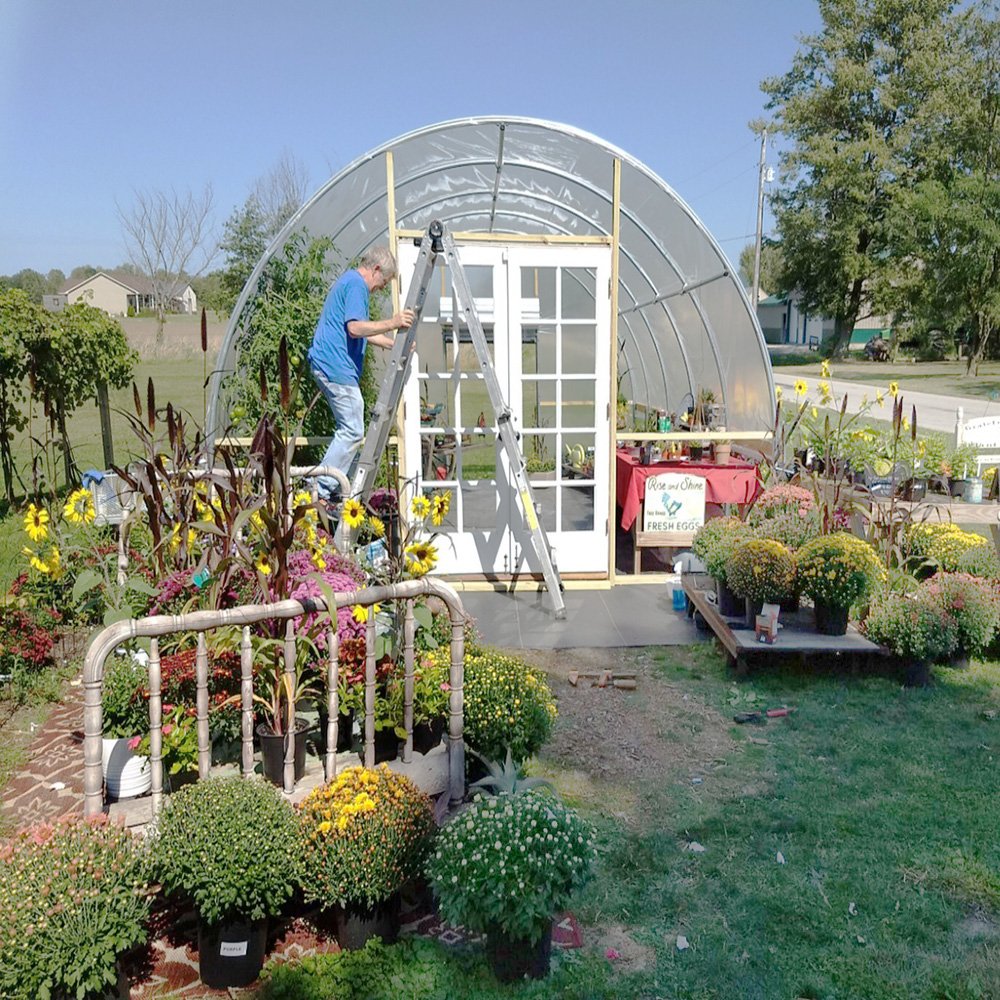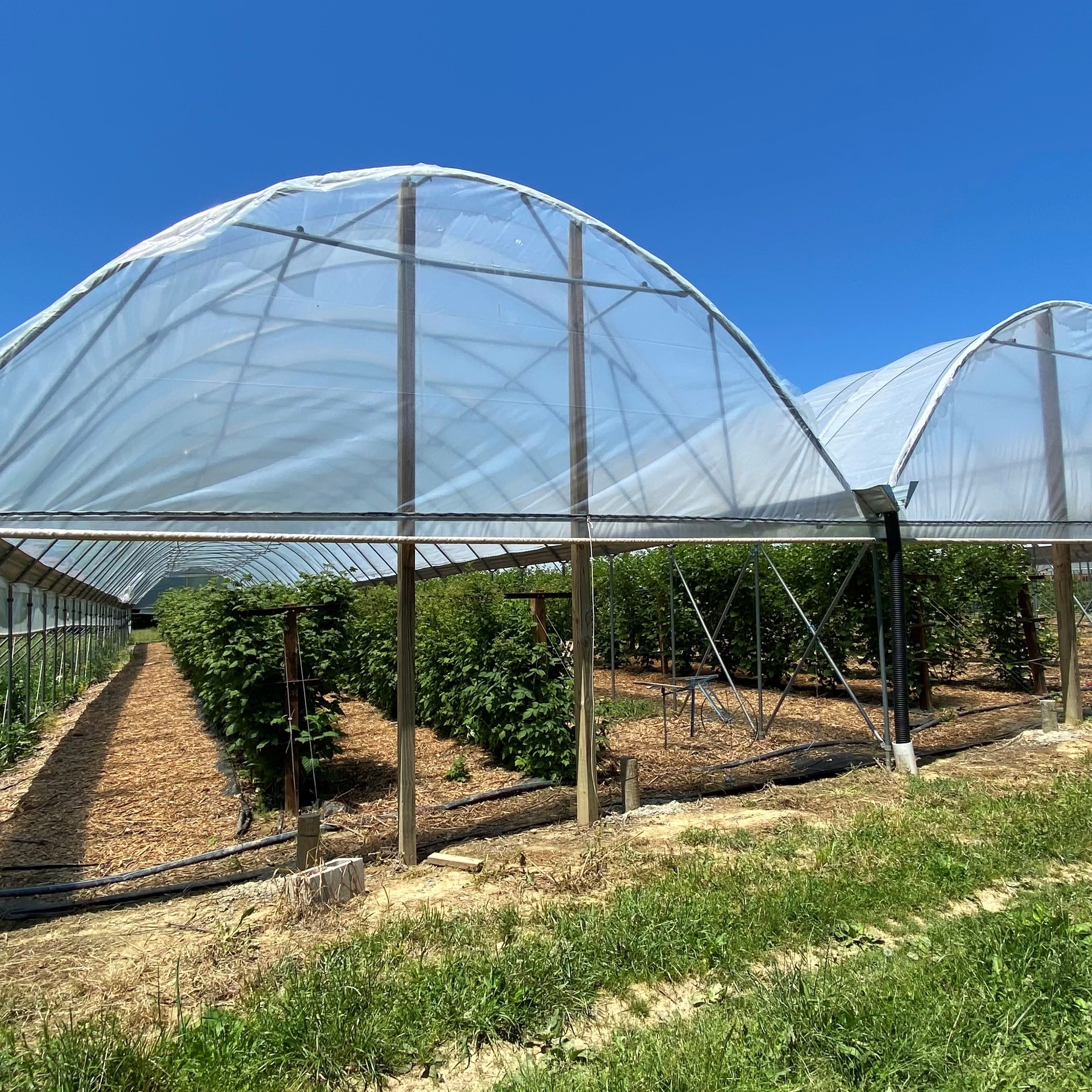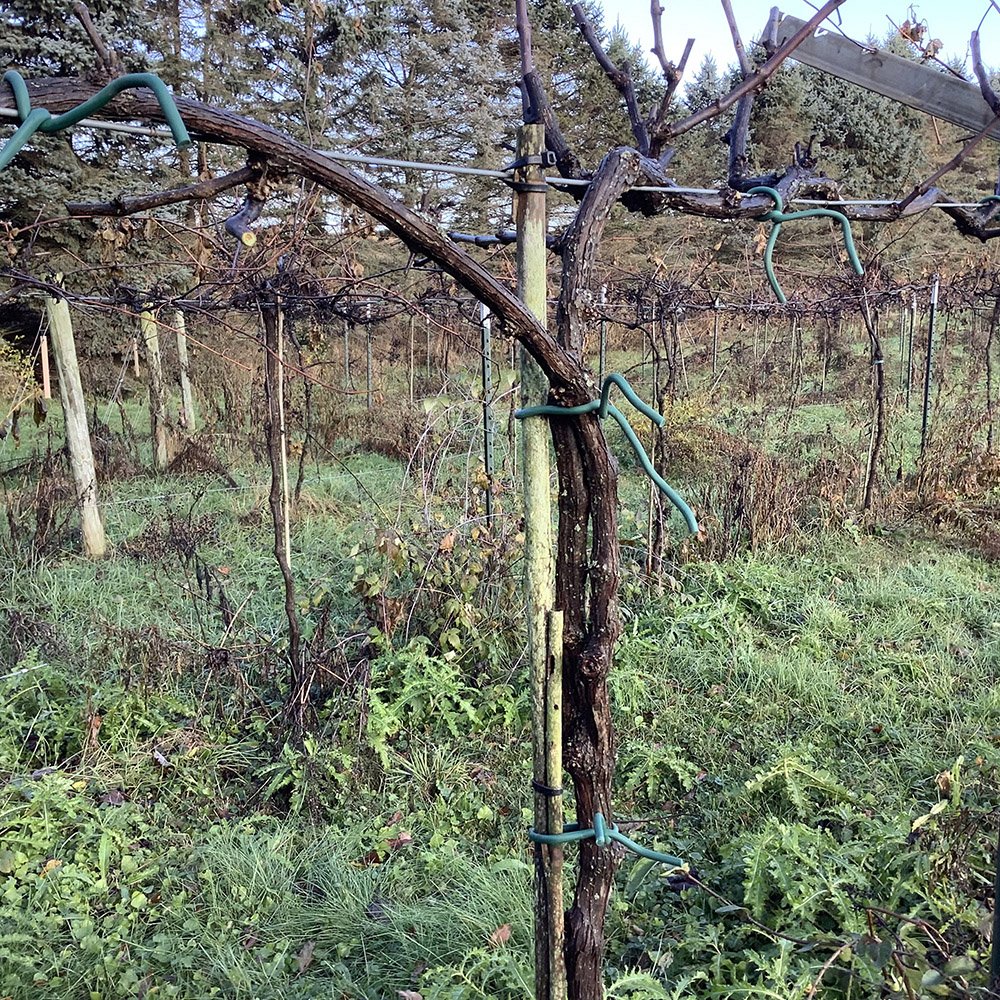DIY Greenhouses or Hoop Houses (high tunnel) are constructed using tubular steel framing and covered in heavy-duty plastic sheeting, utilizing solar energy these structures allow crops to grow in the soil while protected under a shelter.
Relatively inexpensive and easy to maintain, hoop houses promote all-year growth in any environment regardless of the change in seasons.
According to the U.S. Department of Agriculture’s Natural Resources Conservation Service Environmental Quality Incentives Program, hoop houses are effective in helping farmers and DIYers alike to extend the growing season while better managing growing conditions such as soil quality, water levels, nutrient and pesticide use, and more.
An Environment For Plants To Thrive
A greenhouse (also known as a polyhouse, hoophouse, or grow tunnel/high tunnel) is a tunnel structure put together with steel framing that is carefully covered in a smooth plastic fabric or polyethylene material for passive solar heating, which is well contained by the rood and walls of the structure. Four major factors make a functional greenhouse: heat, humidity, ventilation, and sunlight.
Heat
The amount of heat needed in a greenhouse or hoophouse varies on the type of plants inside, the location of the greenhouse, the season, and more. Plants breathe CO2 and exert oxygen; through this process, they create a warm and damp heat that can build up in the greenhouse. The main source of heat in a hoophouse is solar radiation trapped inside the roof and walls of the structure. Some crops thrive in high temperatures (like tomatoes, peppers, and peas) however, temperature control is important to maintaining a successful crop yield. Greenhouse temperature controls are typically used to remove excess heat which, left unaddressed, could result in high-temperature disease. Temperatures above 81°F can begin to damage crops which can be visually seen on the tips of leaves or wilting of the overall plant. Always have a minimum-maximum thermometer inside the greenhouse or hoophouse to monitor the temperature, especially through the warmer summer months. Reducing heat or ventilating the greenhouse is as simple as opening the doors, rolling up the poly film, and safely clamping it in place to introduce and mix in lower-temperature winds.
Humidity
Humidity in a greenhouse or hoophouse is created in a few ways: by the plants as they turn CO2 into oxygen, through evaporation of water in the soil, and through environmental conditions. Many plants thrive in humid conditions like water-rich vegetables celery, cucumber, lettuce, tomato, and zucchini but not all climates offer stable and reliable humidity. Too much moisture or humidity inside the greenhouse or hoophouse can cause various issues like mold growth and pest infestations. Proper ventilation can keep heat and humidity in great balance if prioritized accordingly. Greenhouses and hoophouses offer a solution to desert areas and areas with variable rainfall, creating more predictability than ever before due to the ability to take control of the environment inside the structure.
Ventilation
Essential to maintaining a healthy greenhouse, ventilation is arguably the most important factor in keeping plants alive and well inside the structure. Proper ventilation in a greenhouse enables CO2 to enter the nursery so the plants can continue to breathe and convert carbon dioxide to oxygen. Regulating the greenhouse's temperature depends on a working or thought-out ventilation system. Whether it is manual or powered, it is a non-negotiable. Manual ventilation is a budget-friendly route that relies on the grower to attentively watch the conditions inside the greenhouse and pull open / close the greenhouse doors and walls. Powered ventilation, like fans or vent systems, are more expensive but can be set on autodetection and reduce the risk of crop damage due to poor ventilation and time management. A good ventilation tactic is to close up any gaps on windy days and open up on still days for the occasional breeze to come inside the structure providing carbon dioxide, temperature regulation, and cross-pollination.
Sunlight
Regulating sunlight levels is now possible with poly grow film. Before adding a new plant to a garden bed or flower box, it is important to check what level of the sun is required for that particular plant. Grow Film or plastic greenhouse film covers are made to help control the amount of sunlight pouring into the greenhouse, and some films can help filter UV radiation while keeping the sunlight levels high. Materials like shade covers, UV-filtering poly or plastic coverings, black-out curtains, and more, plants with different sunlight needs can be housed under the same roof and still flourish.
The Essentials Of Greenhouse Building
Putting together a DIY greenhouse can seem enticing, but once you learn the basic components that are needed and know their purpose, it becomes a lot simpler of a process. Some of the main essentials include the metal arched pipes that create the frame, purlin cross conectors to connect the pipe of the metal frame, and of course the greenhouse film to trap the sunlight and create the greenhouse. This visual guide should help visualize where these important pieces go in an installed hoop greenhouse.
A: Hoop Greenhouse Arches | B: Ground Posts | C: Greenhouse U-Channel | D: Greenhouse Jiggly Wire | E: Pipe End Plug | F: Greenhouse Plastic Grow Film | G: Greenhouse Cross Connectors | H: Wood To Steel Adapter | I: Screws & Bolts
Jiggly Greenhouse Grow Film Comparison Chart
Jiggly Greenhouse® Apex Poly Grow Film |
Jiggly Greenhouse® Zebra Light Deprivation Film |
|
|---|---|---|
| Color: | Clear | Black / White - Reversible |
| Film Material Thickness: | 6 Mil (0.006") | 6 Mil (0.006") |
| Grow Film Type: | Grow Film | Light Deprivation Film |
| Total Light Transmission: | 90% | 1% |
| Total Light Diffusion: | 23% | 0% |
| Material Property Features: | Anti-Drip Barrier, UVA Inhibitor, Anti-Condensation |
Infrared Blocker / IR Protection, Light Deprivation, UVA Inhibitor |
| Special Growing Functions: | Clear Plastic Designed For Maximum Light Transmission |
White Layer Inside / Black Layer Outside Boosts Interior Temperature Black Layer Inside / White Layer Outside Prevents Overheating |






